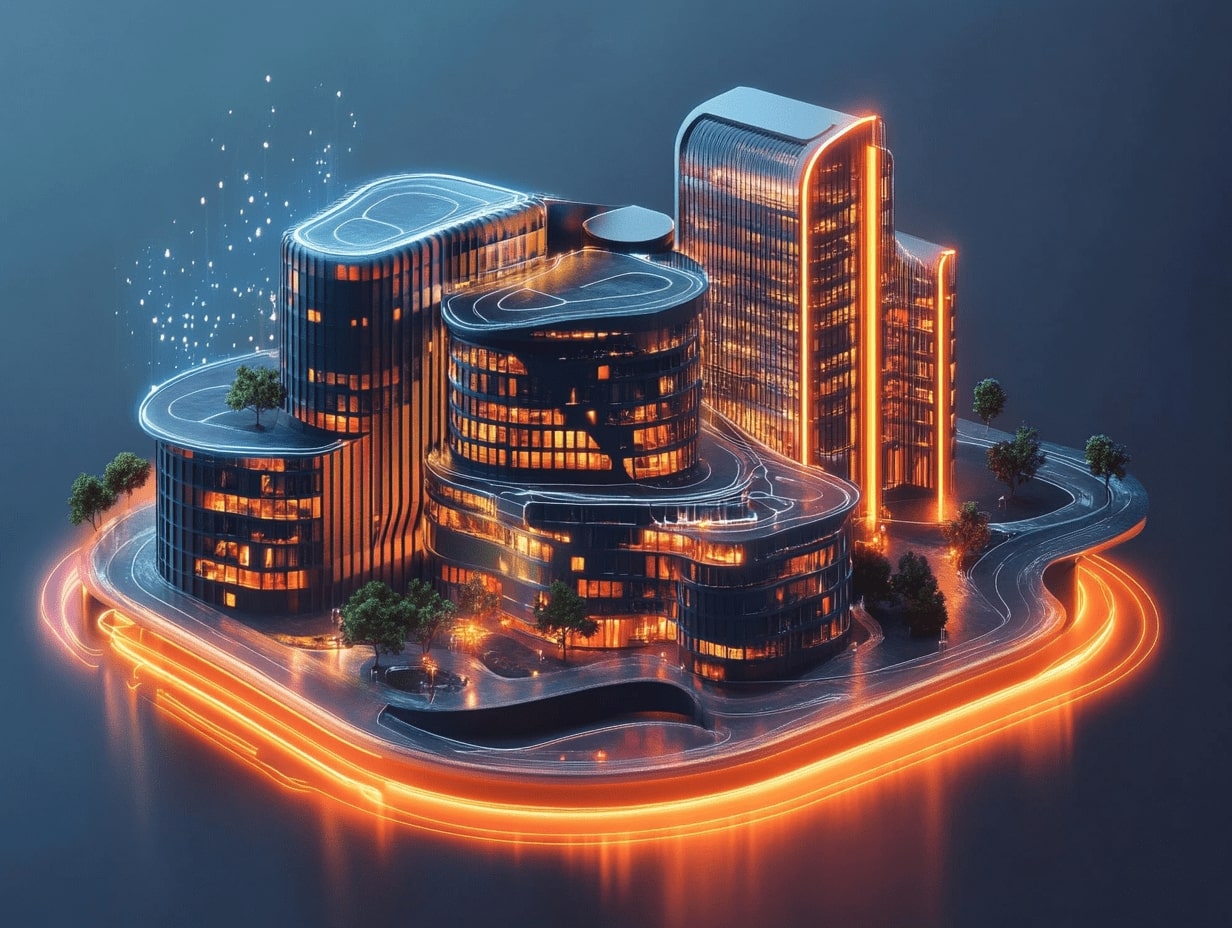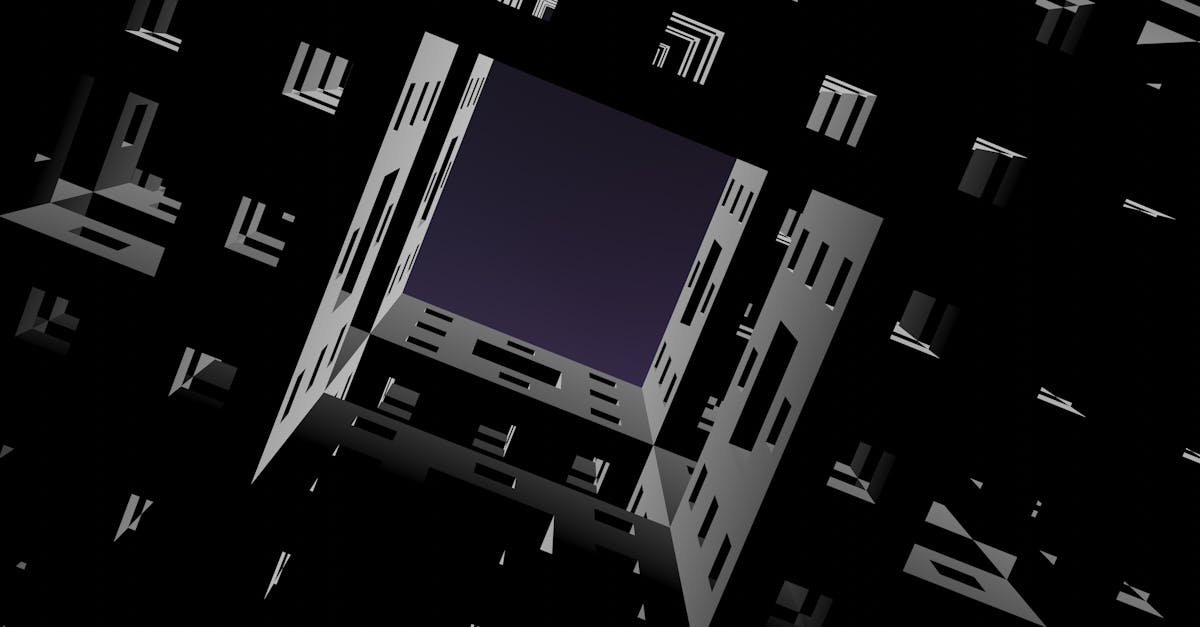As we stand on the brink of a digital revolution in architecture, the future of rendering promises to transform how we visualize and create structures. With rapid advancements in technology, architectural rendering is set to become more immersive and interactive, blurring the lines between imagination and reality. This evolution is not just about producing stunning visuals; it’s about enhancing our ability to communicate ideas and explore possibilities like never before.
Emerging technologies like virtual reality (VR), augmented reality (AR), and artificial intelligence (AI) are reshaping the landscape. These tools enable architects to present their visions in dynamic, lifelike environments, offering clients an unprecedented glimpse into the future. As we embrace these innovations, the potential for creativity in architecture rendering seems limitless, paving the way for more sustainable and efficient design processes. Let’s explore what lies ahead in this exciting journey and how it will redefine our approach to architectural visualization.

The Evolution of Architecture Rendering
Architecture rendering has evolved significantly with technology. Traditionally, architects relied on hand-drawn sketches and physical models to communicate designs. While effective, these methods often limited precision and interactivity. The shift to digital in the late 20th century introduced CAD (Computer-Aided Design), allowing more accuracy in visualizing projects.
As the digital landscape matured, 3D modeling software became essential. Platforms like SketchUp and AutoCAD enabled architects to create lifelike representations of structures. These tools improved not just precision but also the ability to experiment with different design elements quickly.
The latest phase in this evolution involves the integration of VR, AR, and AI. We’re seeing a transformation in architectural visualization as VR allows users to experience spaces even before they’re built. Clients and designers can explore buildings in virtual environments, enhancing the decision-making process.
AR now overlays digital elements onto physical spaces, offering a real-time view of how designs integrate with existing environments. Meanwhile, AI aids in automating tasks such as rendering complex environments and optimizing design efficiencies, freeing architects to focus on creative aspects.
This progression signifies a move towards more dynamic and interactive rendering processes. As they continue to evolve, these technologies redefine how we visualize, explore, and implement architectural projects. Through digital advancement, architects and designers craft not only more stunning visuals but also more informed and efficient design solutions.
Cutting-Edge Technologies in Rendering
Recent advancements in rendering technology are setting new standards in architectural visualization. We explore these technologies and their transformative impact on the industry.
Real-Time Rendering
Real-time rendering is revolutionizing how projects are visualized. This technology enables architects to see changes instantaneously, allowing for quicker decision-making and more interactive presentations. Tools like Unreal Engine and Unity provide the ability to create photorealistic images with immediate feedback. This capability enhances collaboration by offering stakeholders a clearer understanding of design changes as they occur.
Virtual Reality and Augmented Reality
VR and AR technologies offer immersive experiences, transforming the way we perceive architectural spaces. With VR, users can step into a digital environment, exploring designs as if they were walking through a physical structure. AR overlays digital elements onto real-world views, enabling clients and architects to visualize potential modifications in existing spaces. Our use of devices like Oculus Rift and Microsoft HoloLens provides new ways to engage with architectural designs, fostering a more intuitive understanding of spatial relationships and design intent.

The Role of Artificial Intelligence
Artificial intelligence is reshaping architectural rendering by automating complex processes and enabling more creative exploration. AI incorporates advanced algorithms, allowing for enhanced precision and efficiency in architectural design.
AI-Driven Design Processes
AI transforms our design workflows by offering data-driven insights and predictive modeling. Machine learning algorithms analyze vast datasets to optimize building layouts and enhance energy efficiency. Generative design, an AI application, explores numerous design permutations, helping architects identify innovative solutions quickly. AI also streamlines project management, recognizing patterns in data to predict bottlenecks and allocate resources more effectively.
Enhancements in Visualization Quality
AI enhances visualization quality by producing hyper-realistic images and simulations. Deep learning techniques refine materials, lighting, and textures, creating stunningly lifelike renderings. AI-powered tools process images faster, enabling real-time adjustments and feedback during design revisions. For example, neural networks adjust 3D environments dynamically based on client preferences, offering personalized visualizations that improve client-architect collaboration. This level of detail elevates the overall design experience and communicates ideas more effectively.

Sustainability and Green Design Trends
Sustainability is becoming integral in architecture rendering, where green design trends prioritize environmental harmony. Modern rendering technologies increasingly incorporate eco-friendly materials and strategies, simulating energy efficiency and reduced carbon footprints. This aligns with global sustainability goals, pushing us to consider how structures interact with their surroundings.
Architects now create digitally-rendered designs that embrace renewable resources and energy-efficient systems. For instance, solar panels, green roofs, and rainwater harvesting systems can be modeled in high detail. Visualization tools allow us to assess these elements’ impact on energy conservation accurately.
Furthermore, real-time data from environmental simulations help us make informed decisions regarding material usage and structural positioning. By integrating life-cycle assessments in renderings, we gain insights into a building’s long-term sustainability potential. These innovations ensure our designs meet ecological and aesthetic standards, aligning with sustainable architecture principles.

Challenges and Limitations
In the ever-evolving field of architecture rendering, certain challenges and limitations persist despite technological advancements. Rendering complex scenes in real-time demands significant processing power, often leading to increased hardware costs. High fidelity and photorealism require sophisticated software which might be inaccessible to smaller firms due to financial constraints.
Interoperability between different software platforms remains a hurdle. As architects and designers frequently use diverse tools, seamless integration is often difficult, leading to inefficient workflows. This fragmentation can hamper collaborative efforts and slow project progress.
We encounter limitations in rendering realism, particularly concerning lighting and texture. Achieving accurate lighting effects in virtual environments often involves intricate calculations that can be computationally expensive. Additionally, replicating complex material textures without sacrificing render speed poses significant challenges.
AI integration presents its own obstacles. Although AI enhances automation, it sometimes lacks the nuanced understanding required for creative architectural design, leading to outputs that may not align with an architect’s vision. There’s also the concern of over-reliance on AI tools, potentially stifling human creativity.
Finally, the rapid pace of technological development creates a steep learning curve. Professionals must continually update their skills to stay abreast of new tools and techniques, which can be time-consuming and demanding. Ensuring data security in digital rendering is another crucial concern, as projects often involve sensitive and proprietary information.
Conclusion
The future of architecture rendering is poised for transformation, driven by cutting-edge technologies like virtual reality, augmented reality, and artificial intelligence. These innovations elevate rendering processes by making them more immersive, interactive, and efficient. Architects are embracing these changes to overcome traditional limitations and unlock new design possibilities. In an era where sustainability is crucial, rendering practices are evolving to incorporate eco-friendly solutions and principles, ensuring designs meet environmental and aesthetic standards. Despite challenges such as high processing demands and the need for cross-platform interoperability, the ongoing advancements hold the promise of revolutionizing architectural visualization. Our aim is to harness these technologies to create forward-thinking, sustainable designs that resonate with the dynamic needs of the future.








